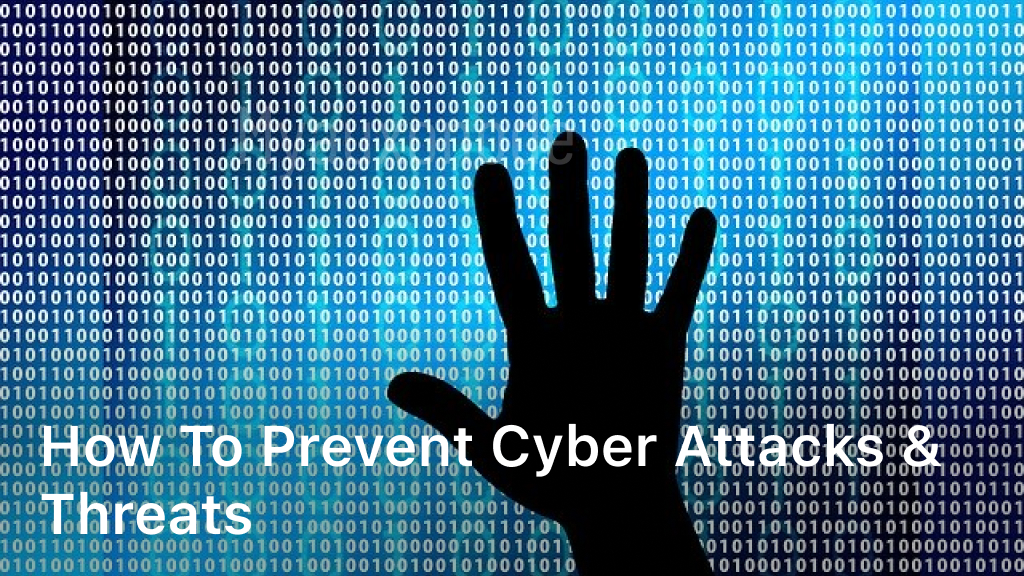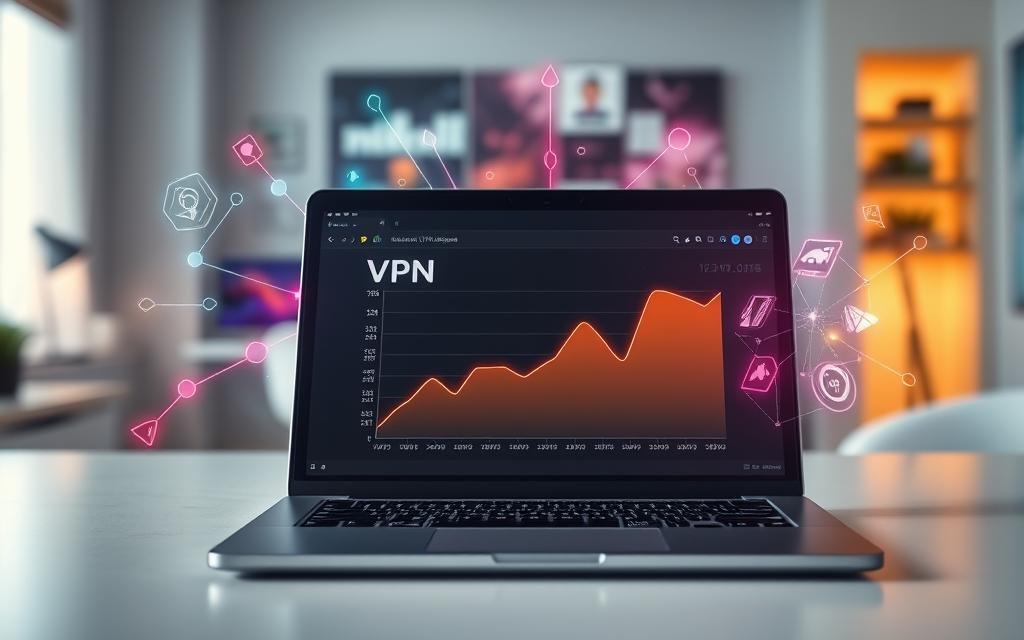In today’s digital age, ensuring the security of our online presence has become more crucial than ever. With the increasing number of cyber attacks and threats, it is essential to implement effective cybersecurity measures and strategies to protect ourselves from potential harm. This article aims to provide you with valuable insights and practical tips on preventing cyber attacks, safeguarding your personal information, and maintaining online security. To protect your digital life and prevent cyber attacks, it is important to understand the different types of threats you may encounter. From hacking and malware to phishing and social engineering, cybercriminals employ various tactics to exploit vulnerabilities and gain unauthorized access to your data. By familiarizing yourself with these attack vectors and techniques, you can better safeguard your online presence. One of the fundamental aspects of online security is strengthening your password security. Creating strong and unique passwords, regularly updating them, and utilizing password management tools are just a few steps you can take to fortify your defenses. Additionally, implementing two-factor authentication adds an extra layer of protection, ensuring that only authorized individuals can access your accounts. Securing your network is another vital component of preventing cyber attacks. Installing a firewall, encrypting your data, and securing your Wi-Fi network can help defend against unauthorized access and potential intrusions. These network defense tactics are essential for both home and business environments. Phishing attacks and social engineering remain popular methods employed by cybercriminals to trick users into revealing sensitive information. By being aware of common phishing techniques and maintaining a healthy level of skepticism when interacting with unfamiliar emails or messages, you can significantly reduce the risk of falling victim to such fraudulent activities. Educating users about these threats is crucial to protecting against social engineering attacks. Regularly updating your software is an often overlooked yet critical step in preventing cyber attacks. Software updates and patches often contain important security fixes that address vulnerabilities. By staying up to date with the latest software versions and promptly applying patches, you can minimize the chances of exploitation by cybercriminals. In conclusion, by implementing robust cybersecurity measures, such as strengthening password security, securing your network, protecting against phishing attacks, and keeping software updated, you can enhance your online security and prevent cyber attacks. Remember, proactive measures and digital safety precautions are key to safeguarding your personal information and protecting your digital life. Understanding Cyber Attacks In order to effectively protect your digital life, it is crucial to have a clear understanding of cyber attacks. Cyber attacks refer to malicious activities conducted by cybercriminals with the intention of compromising the confidentiality, integrity, or availability of digital systems and data. There are various types of cyber threats that individuals and organizations may encounter. These include: Malware Attacks: Malware, short for malicious software, is designed to infiltrate computer systems and perform harmful actions, such as stealing sensitive information or disrupting normal operations. Phishing Attacks: Phishing involves tricking individuals into revealing sensitive information, such as passwords or financial details, by impersonating trustworthy entities via email, text messages, or fake websites. Ransomware: Ransomware is a type of malware that encrypts files on a victim’s system, rendering them inaccessible until a ransom is paid. This form of attack has become increasingly prevalent in recent years. Denial-of-Service (DoS) Attacks: DoS attacks aim to overwhelm targeted systems or networks with a flood of traffic, causing them to become unresponsive to legitimate users. Man-in-the-Middle (MitM) Attacks: MitM attacks involve intercepting communication between two parties in order to eavesdrop, alter, or manipulate the information being transmitted. Cybercriminals employ various attack vectors to carry out these malicious activities. Some common attack vectors include: Email: Cybercriminals often use email as a means to deliver malware or phishing messages to unsuspecting users. Web Exploits: By exploiting vulnerabilities in websites or web applications, cybercriminals can inject malicious code or infect visitors with malware. Weak Passwords: Attackers can exploit weak or easily guessable passwords to gain unauthorized access to accounts and systems. Social Engineering: Social engineering techniques involve manipulating individuals into revealing sensitive information or performing actions that benefit the attacker. Being aware of these cyber threats and understanding the methods employed by cybercriminals can help individuals and organizations better prepare for and prevent future attacks. Strengthening Password Security In today’s digital age, protecting your online accounts with strong passwords is of utmost importance. Weak passwords can be easily cracked by cybercriminals, compromising your sensitive information and leading to potential data breaches. To ensure a robust defense against cyber attacks, it is crucial to follow best practices for password management and consider implementing two-factor authentication. Importance of Strong Passwords A strong password acts as a protective barrier between your personal data and unauthorized access. It should be unique, complex, and difficult to guess. Avoid using common words, birthdates, or easily identifiable information. Instead, opt for a combination of upper and lowercase letters, numbers, and special characters. Best Practices for Password Management Create unique passwords for each online account to minimize the impact of a potential data breach. Avoid storing passwords in easily accessible locations, such as sticky notes or unencrypted files. Consider using a reputable password manager to securely store and generate strong passwords. Regularly update your passwords to ensure ongoing security. Avoid sharing your passwords with anyone and be cautious of phishing attempts that may try to trick you into revealing your login credentials. Two-Factor Authentication In addition to using strong passwords, enabling two-factor authentication (2FA) adds an extra layer of security to your online accounts. 2FA requires a second form of verification, such as a unique code sent to your mobile device or a fingerprint scan, in addition to your password. This significantly reduces the risk of unauthorized access even if your password is compromised. By prioritizing strong passwords, implementing password management best practices, and utilizing two-factor authentication, you can significantly enhance your online security and mitigate the risk of falling victim to cyber attacks. Securing Your Network Your network security is crucial to protect your digital assets from unauthorized access and potential cyber threats. By implementing the right





